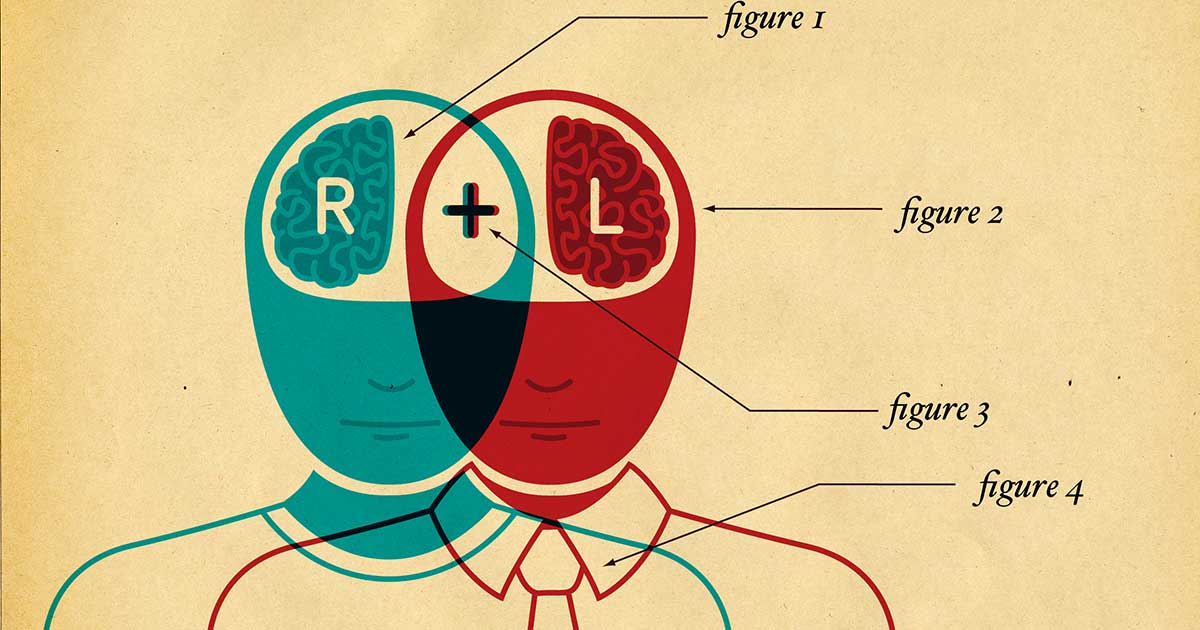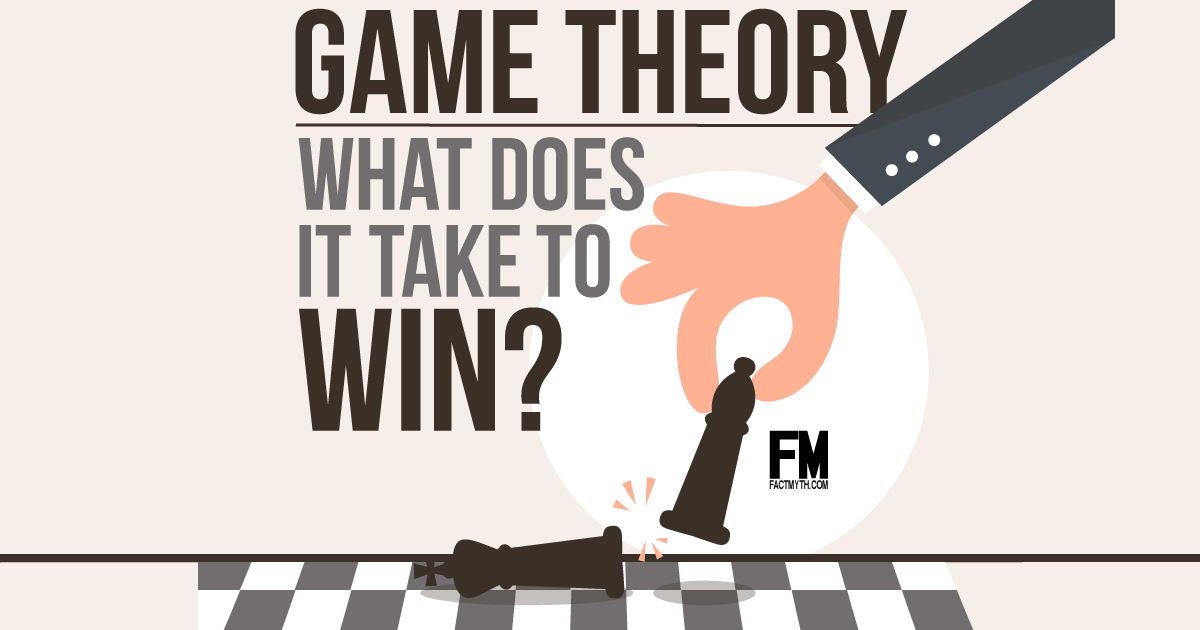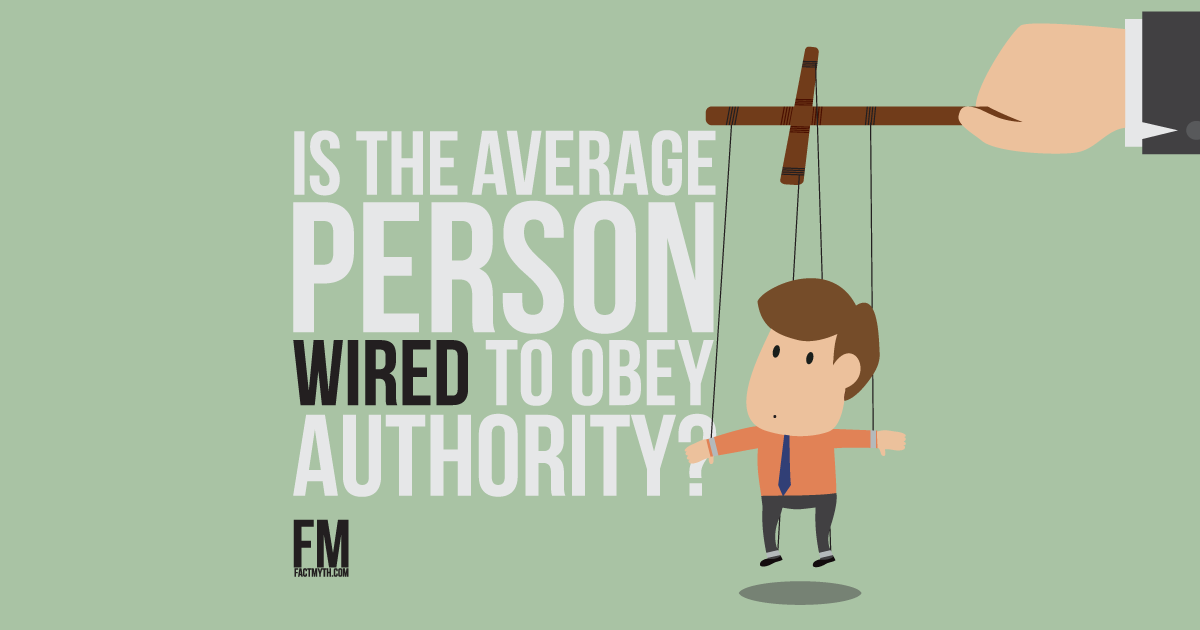Conspiracy Theories Explained

Conspiracy theories are sets of one more speculative hypotheses, backed by fallacious reasoning, that suppose a conspiracy.
Society and Social Sciences is a broad category referring to the relationships between networks and groups of people, and the study of this.

Conspiracy theories are sets of one more speculative hypotheses, backed by fallacious reasoning, that suppose a conspiracy.

In pop-science, in reference to the brain, you’ll hear the terms “hardwired” and “softwired”, hardwired means genetically programed and softwired means learned.

Collective intelligence is the wisdom of crowds, or the intelligence of groups, the intelligence that arises from cooperation, competition, and other group dynamics.

A person can be a “lone genius”, but as an essay called “Deconstructing the Lone Genius Myth” points out, genius is in many ways a collective process.

The “10,000 hours theory”, that it takes roughly 10,000 hours of deliberate practice to become an “outlier”, is a useful concept, but not an exact rule.

Game theory is “the science of strategy,” a branch of mathematics that studies the strategy, rules, and statistics of decision making games and applies it to other fields.

Humans are generally quick to adapt to change, despite being resistant to it, this is true biologically, socially, and culturally.

Edward Bernays, nephew of Sigmund Freud, can be considered the father of public relations and propaganda. Bernays literally wrote the book on propaganda, public relations, and manipulating public opinion.

Carrots can improve your vision if your body is deficient in vitamin A, but the popularity of carrots has more to do with a food shortage during WWII than beta-carotene.

The Milgram experiment on obedience to authority figures (and related studies) show that, on average and under the right conditions, people will obey authority figures despite moral objections.